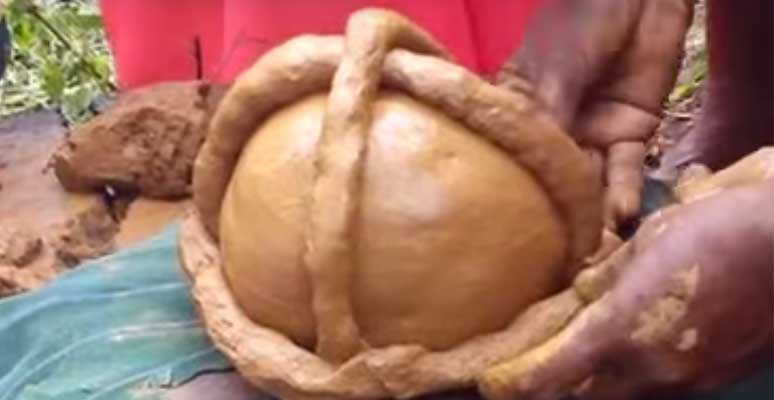In Autumn, the weather turns cooler and the forest looks aflame with golden leaves. This is the time when forest dwellers in Goa, especially unmarried tribal women celebrate their close bonds with mother nature – at the Dhillo festival.
Here’s what Devidas Gaonkar, a tribal folk researcher from Cotigao, Canacona, has to say about this festival: “The Dhillo festival has been celebrated by the forest-dwelling tribal women residing in the lap of the Western Ghats areas of Canacona, Sanguem and Quepem to express the gratitude to Kartikey, a son of goddess Parvati, representation of the mother earth by reciting melodious folk songs and participating in the folk dances and traditional games.”
The festival begins on the ninth day of the first fortnight of the seventh month (Ashwin), of the lunar calendar. On festival, Cotigaithis day, in Badde, deep in Cotigao Wildlife Sanctuary (Canacona), the forest-dwelling tribal women of the Velip community select four women from families who have been specially assigned with the task of undertaking such religious rituals. The selected women walk for hours to the ancestral forest settlements atop the Western Ghats. They visit the shrine of the ‘Kuldev’ and seek the God’s blessings. This is a remote and densely forested sacred grove known as Bhui Pann.

These women then go to a sacred place there and dig out clay from the earth. They water the clay and knead it to make a spherical figure called the ‘Dhillo.’ They then decorate the ‘Dhillo’ with seasonal wildflowers and Marigolds. They then place it at the base of the pedestal of the Tulsi plant and worship it. An elderly man of the hamlet invokes the ‘Dhillo’ to bless the three-week long celebration. Every night, women, predominantly unmarried girls, assemble at the shrine of the Kuldev and dance in a circle, singing melodious folk songs.
Their folk songs describe how their lifestyle and their close bonds with Mother earth. They rise with the sun and take the cattle to graze. The women also taking good care of their cows and cattle. They also work hard in their fields. They are always in a close bond with mother earth, Parvati and her son Kartikeya.
This is why these women celebrate and worship the ‘Dhillo.’ It’s also that rare time when these women who are usually preoccupied with looking after the family, get spare time for fun and games among themselves. They sure make the most of it.
Watch the video.
Saraswati Arjun Velip, a 70-year-old tribal woman says, “Dhillo is the representation of our god Ramnath. We worship him through the spherical-shaped representation as blessings for all our sources of livelihood and for the prosperity of the family.”
Info source: TOI
Images and Video: VideoVolunteers


